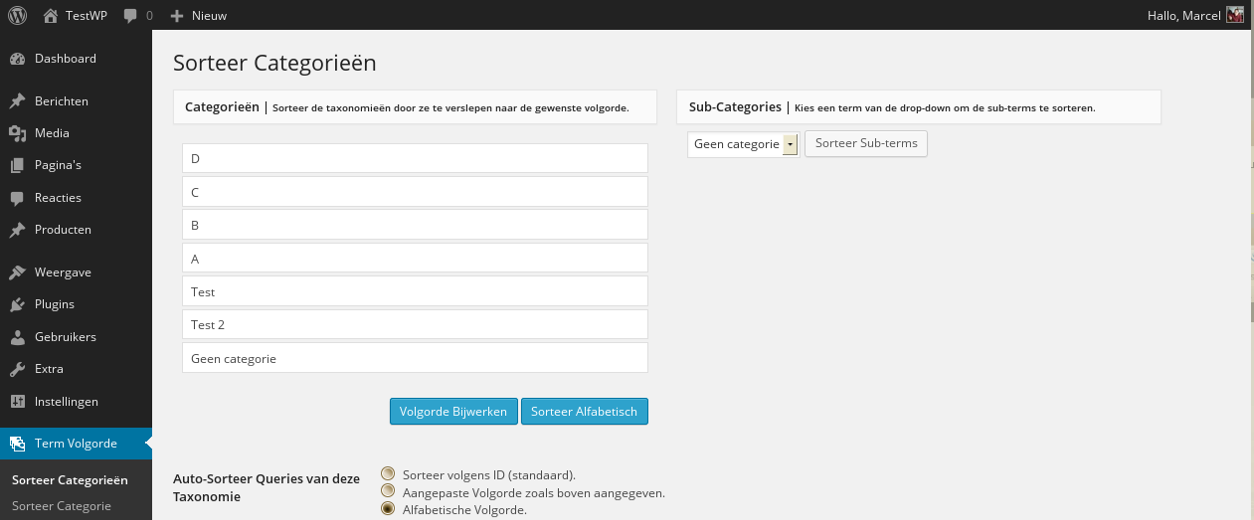Custom Taxonomy Order: Breakdown

The WordPress ‘Custom Taxonomy Order’ plugin unlocks an advanced feature that allows you to manually or automatically order taxonomy terms (some examples include custom categories, tags, flags, and labels) within a specific taxonomy. This plugin is ideal for users who want to have control over how their taxonomy terms are ordered. It saves users from the frustration of manually ordering their terms by hand, especially when dealing with large lists of taxonomy items.
Manually manipulating the taxonomy order requires users to delete and insert new categories or tags. The plugin also provides a user-friendly drag-and-drop system, similar to that of the post order system, for reordering taxonomies. The drag-and-drop system allows users to quickly change the order of their taxonomy terms. The plugin also lets users set a custom sorting order for posts, which is set by default to order the posts from the most recently published to the least recently published.
The WordPress ‘Custom Taxonomy Order’ plugin also includes various customisation options, making it easier to order taxonomies as desired. This includes the ability to order custom taxonomies in ascending or descending order, or by manual drag-and-drop sorting. Additionally, users can also order taxonomy terms by alphabetical order, date created, parent order, level hierarchy, and more.
If users want to customise the taxonomy’s sorting criteria, they can use the widget to do so. This widget allows users to display categories, tags, and flags in their preferred order. The plugin also has the ability to order custom taxonomies by bulk, which allows users to quickly order multiple taxonomies in one go. Additionally, the plugin offers a ‘Recently Used Terms’ feature, which keeps track of the last terms used and allows users to reorder them easily.